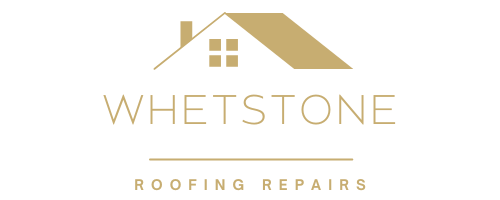Introduction: Noise pollution can significantly impact the comfort and usability of a building, particularly in urban environments or areas near airports and highways. Flat roofs, common in commercial and residential structures, can sometimes exacerbate this issue if not properly designed to dampen sound. In this blog post, Whetstone Roofing Repairs offers practical tips for reducing noise transmission through flat roofs, enhancing the indoor environment for occupants.
Understanding Noise Transmission in Flat Roofs
Noise can penetrate flat roofs in two primary ways: airborne transmission (from traffic, aeroplanes, etc.) and impact transmission (from raindrops, footsteps, or mechanical units on the roof). Addressing both types of noise is crucial for creating a quieter, more peaceful interior space.
Strategies to Reduce Noise Transmission
- Enhance Insulation
- Material Choices: Adding dense insulation materials is one of the most effective ways to reduce noise. Materials like stone wool, glass wool, or high-density foam can absorb sound before it enters the living space below.
- Installation: Ensure that insulation covers the entire roof area without gaps. Inadequate insulation can create ‘weak spots’ for noise to penetrate.
- Install a Sound Barrier
- Acoustic Barriers: Installing specialized acoustic barriers (such as mass-loaded vinyl) directly under the roof covering can reduce airborne noise. These barriers add mass to the roof structure, which helps block sound transmission.
- Underlayment: Using acoustically-rated underlayment materials beneath the roofing membrane can also help absorb and block noise.
- Improve Roofing Material
- Thicker Membranes: Opting for thicker or multi-layer roofing materials can help dampen noise. Materials like built-up roofing (BUR) and modified bitumen are excellent for sound reduction due to their multiple layers and dense nature.
- Green Roofs: Installing a green roof involves adding a layer of vegetation over a waterproof membrane. The soil and plants provide excellent thermal insulation and naturally absorb sound, making them highly effective at reducing noise pollution.
- Use Damping Compounds
- Vibration Dampers: Applying damping compounds between the roof deck and the membrane can decrease the vibrations caused by impact noise, such as from footsteps or dropped objects.
- Anti-vibration Mounts: For equipment installed on the roof, such as HVAC units, use anti-vibration mounts to minimize the transfer of vibrations to the roof structure.
- Design Considerations
- Avoid Hard Surfaces: Design the roof with as few hard surfaces as possible, as these can reflect and amplify sounds. Use softer, more absorbent materials like rubber mats or padded walkways where practical.
- Roof Layout: Plan the layout of equipment and access points to minimize the frequency and intensity of foot traffic, which can be a significant noise source.
- Regular Maintenance
- Check Seals and Joints: Regularly inspect and maintain seals, joints, and flashings to prevent gaps that can act as entry points for noise.
- Equipment Maintenance: Ensure all rooftop machinery is well-maintained and operating smoothly to reduce mechanical noise.
Conclusion: Reducing noise transmission through flat roofs requires proper materials, strategic design, and regular maintenance. By implementing these tips, building owners can significantly enhance the acoustic comfort of their indoor environments. Whether designing a new building or retrofitting an existing structure, addressing roof-level noise is a proactive step towards a quieter, more peaceful interior space.
Call us on: 0116 478 6791
Click here to find out more about Whetstone Roofing Repairs
Click here to complete our contact form and see how we can help with your roofing needs.

